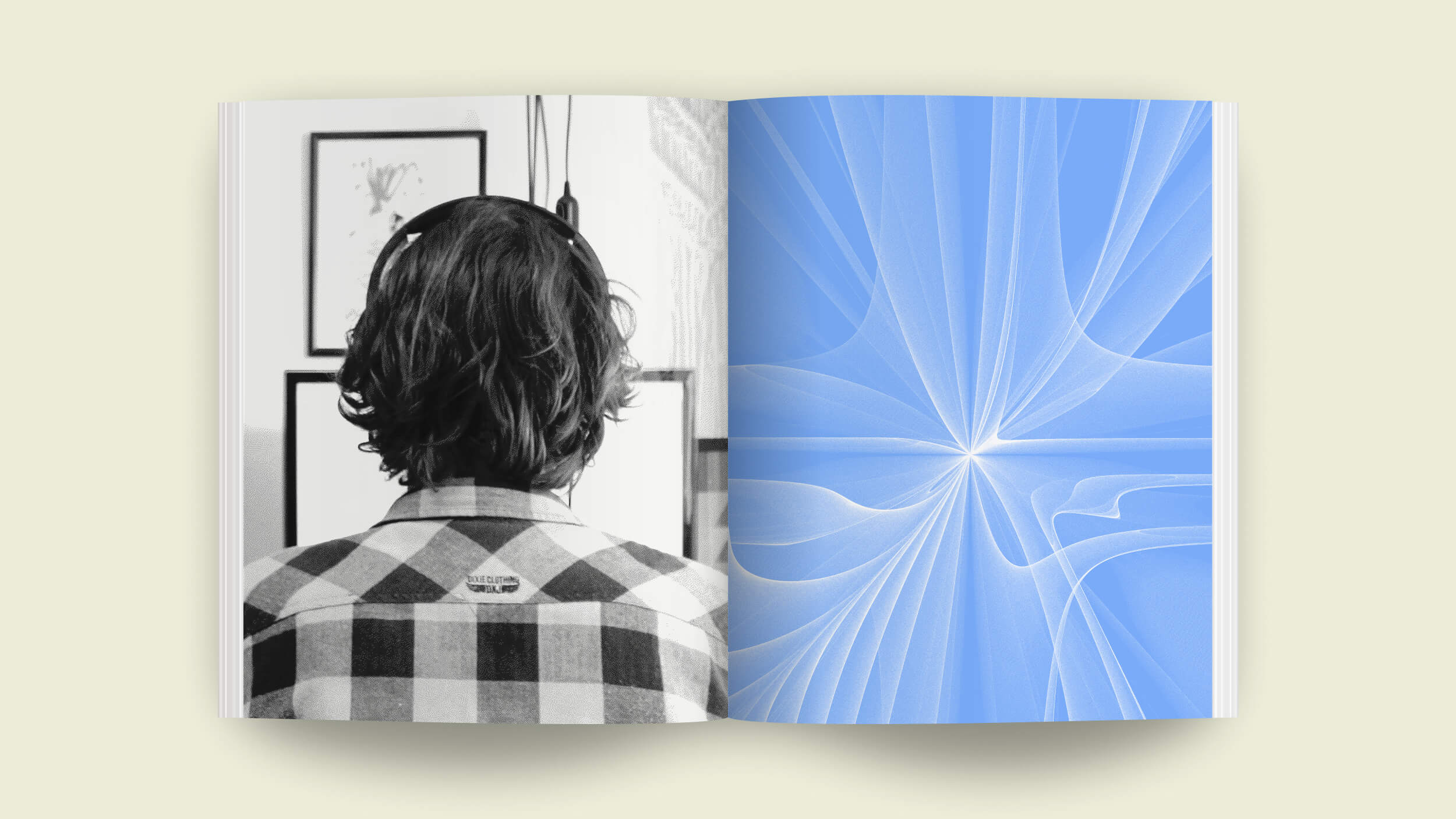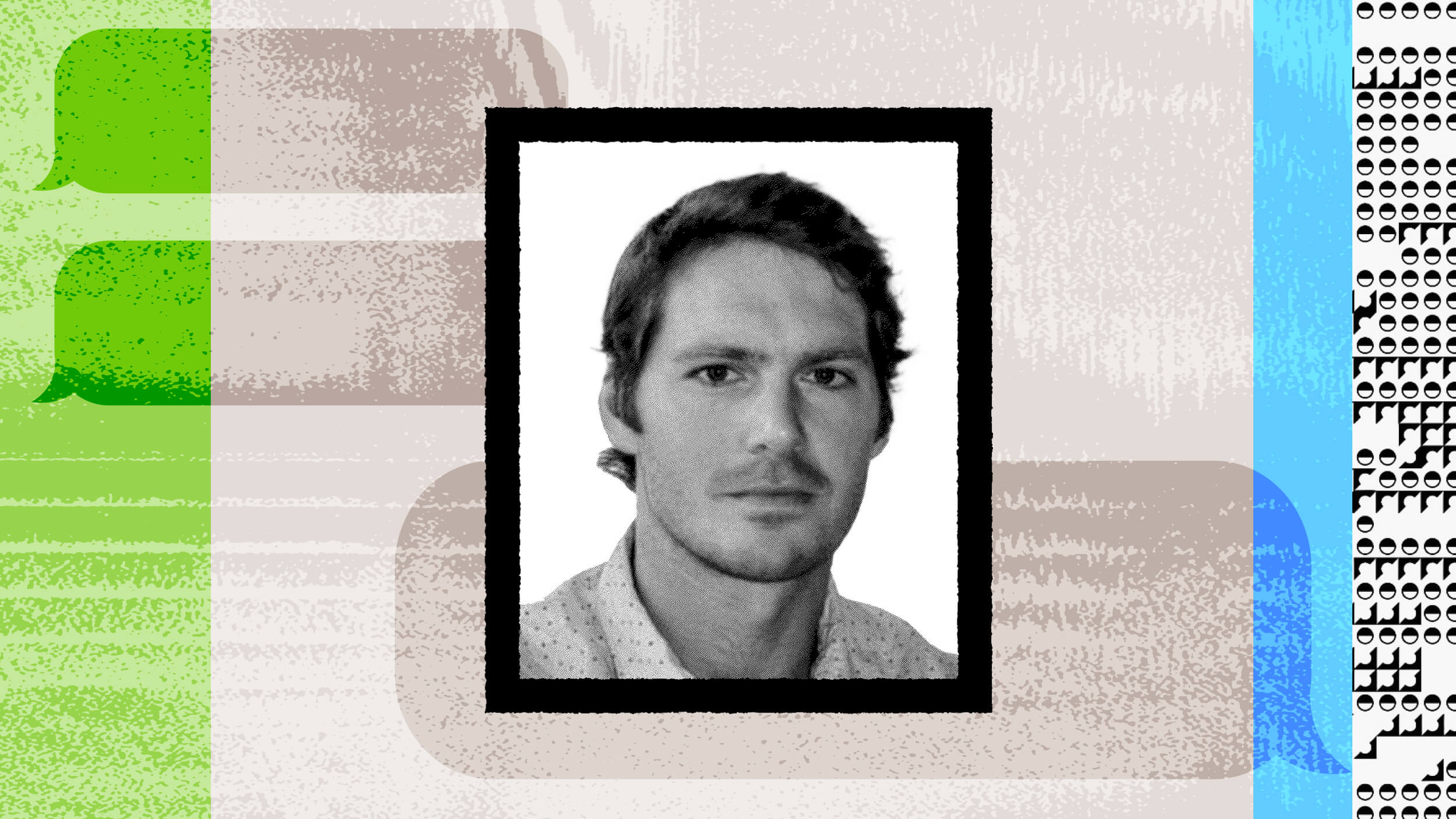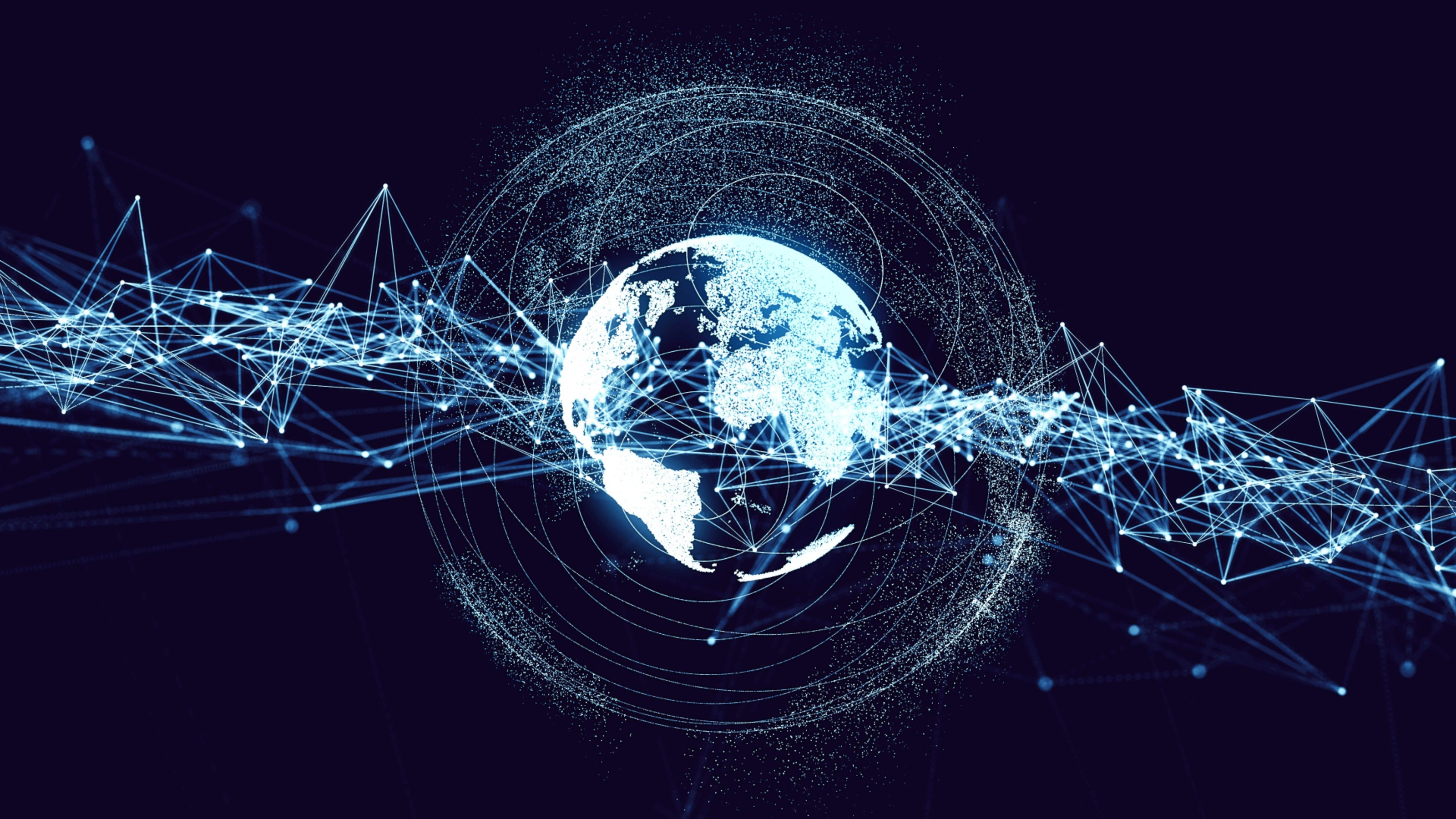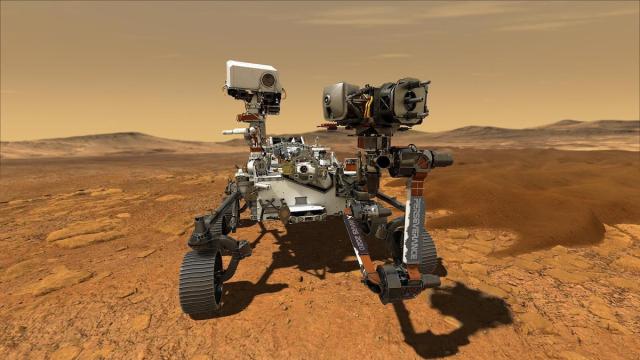‘Deep Nostalgia’ AI brings old photos to life through animation

Deep Nostalgia/My Heritage
- Deep Nostalgia uses machine learning to animate static images.
- The AI can animate images by “looking” at a single facial image, and the animations include movements such as blinking, smiling and head tilting.
- As deepfake technology becomes increasingly sophisticated, some are concerned about how bad actors might abuse the technology to manipulate the pubic.
A new service gives new life to the past by using artificial intelligence to convert static images into moving videos.
Called Deep Nostalgia, the service creates animations by using deep learning to analyze a single facial photo. Then, the system animates the facial image through a “driver” — a pre-determined sequence of movements and gestures, like blinking, smiling and head-turning. The process is completely automated, and the service enhances the images to make the animations run more smoothly.
Launched in February by the Israeli genealogy company My Heritage, some of Deep Nostalgia’s early results are impressive.

My Heritage/Deep Nostalgia
But that’s not to say the animations are perfect. As with most deep-fake technology, there’s still an uncanny air to the images, with some of the facial movements appearing slightly unnatural. What’s more, Deep Nostalgia is only able to create deepfakes of one person’s face from the neck up, so you couldn’t use it to animate group photos, or photos of people doing any sort of physical activity.

My Heritage/Deep Nostalgia
But for a free deep-fake service, Deep Nostalgia is pretty impressive, especially considering you can use it to create deepfakes of any face, human or not.
I just ran the @Warcraft cover through the Deep Nostalgia Tool, and this happened... pic.twitter.com/1eD3bb7fAN
— Solitaire (@SolitaireTV) March 1, 2021
Solitaire #The06 on Twittertwitter.com
H. erectushttps://t.co/sS9eVT1Iu0 pic.twitter.com/CguYm9zm8T
— Fake History Hunter (@fakehistoryhunt) March 1, 2021
Generated with MyHeritage.#DeepNostalgia pic.twitter.com/gNX3wLHsS8
— Andrii Frolov (@kznsq) February 27, 2021
Andrey Frolov on Twittertwitter.com
So, is creating deepfakes of long-dead people a bit creepy? Some people seem to think so.
“Some people love the feature with Deep Nostalgia ™ and consider it magical while others think it is scary and dislike it,” My Heritage wrote on its website. “In fact, the results can be controversial and it is difficult to be indifferent to this technology. We invite you to create movies using this feature and share them on social media to see what your friends and relatives think. This feature is intended for nostalgic use, that is, to give life back to beloved ancestors.”
Deep Nostalgia isn’t the first project to create deepfakes from single images. In 2019, researchers working at the Samsung AI Center in Moscow published a paper describing how machine-learning techniques can produce deepfakes after “looking” at only one or a few images. Using a framework known as a generative adversarial network, the researchers trained a pair of computer models to compete with each other to create convincing deepfakes.
Few-Shot Adversarial Learning of Realistic Neural Talking Head Modelsyoutu.be
While the results from the Samsung researchers were impressive, the Deep Nostalgia project shows how deepfake technology is advancing at a rapid pace. As these tools have become increasingly sophisticated, media experts have raised concerns about how bad actors might use deepfakes and “cheap fakes” to manipulate the public.
My Heritage seemed to sense Deep Nostalgia’s potential for abuse, writing:
“Please use this feature on your own historical photos and not on photos of living people without their consent.”





